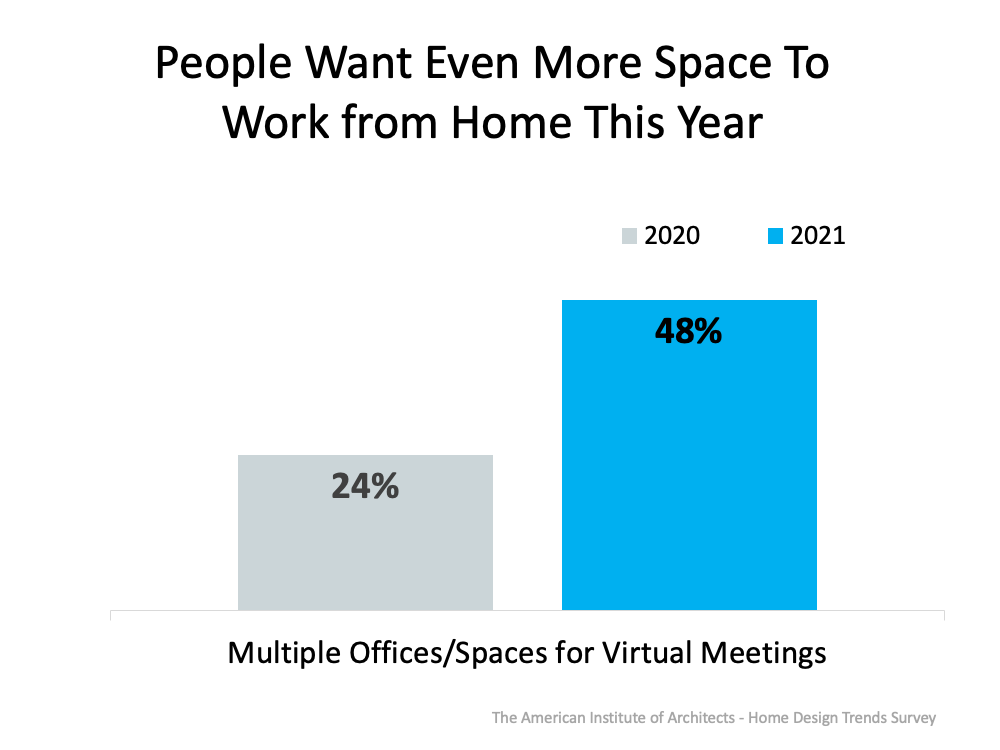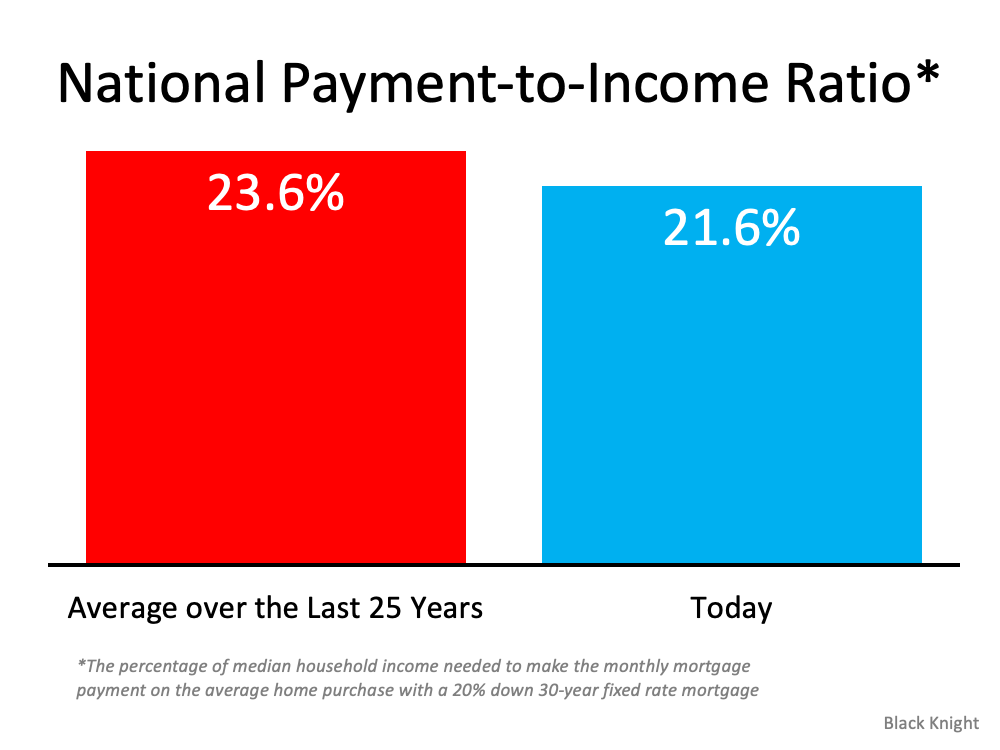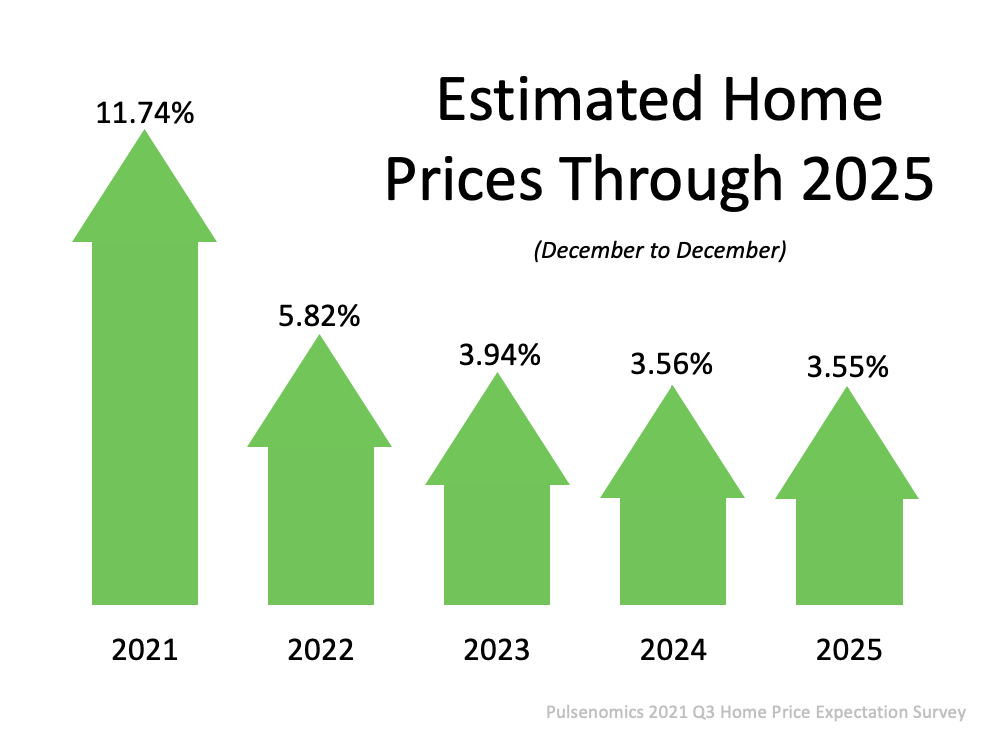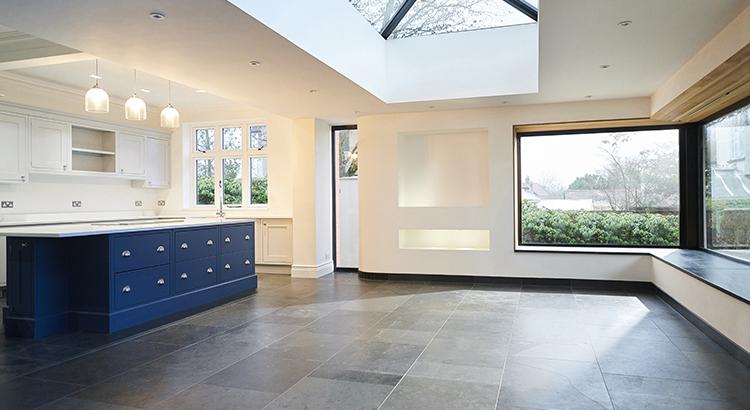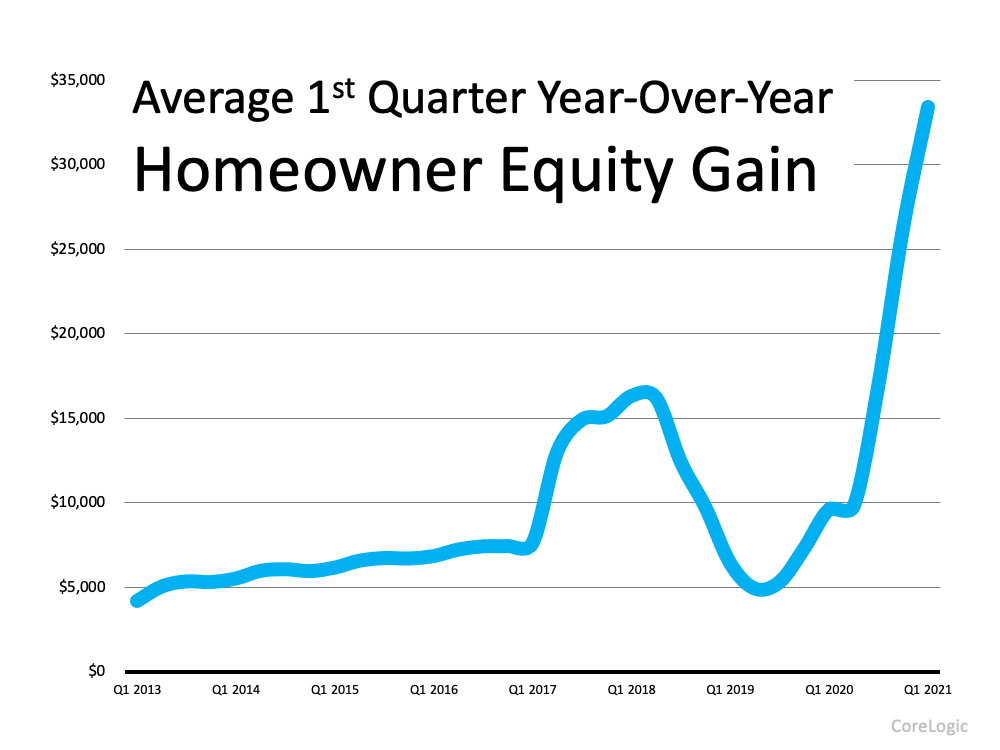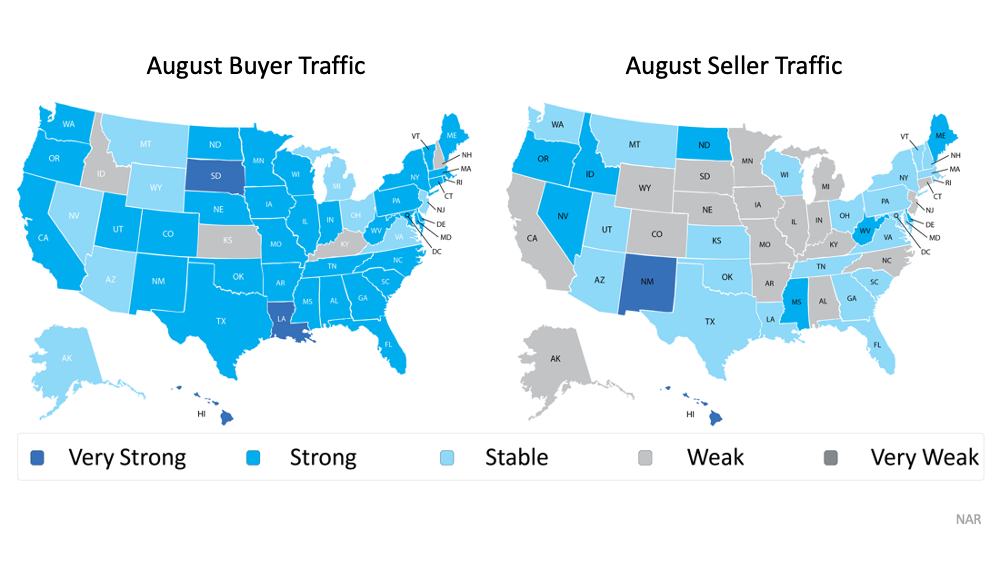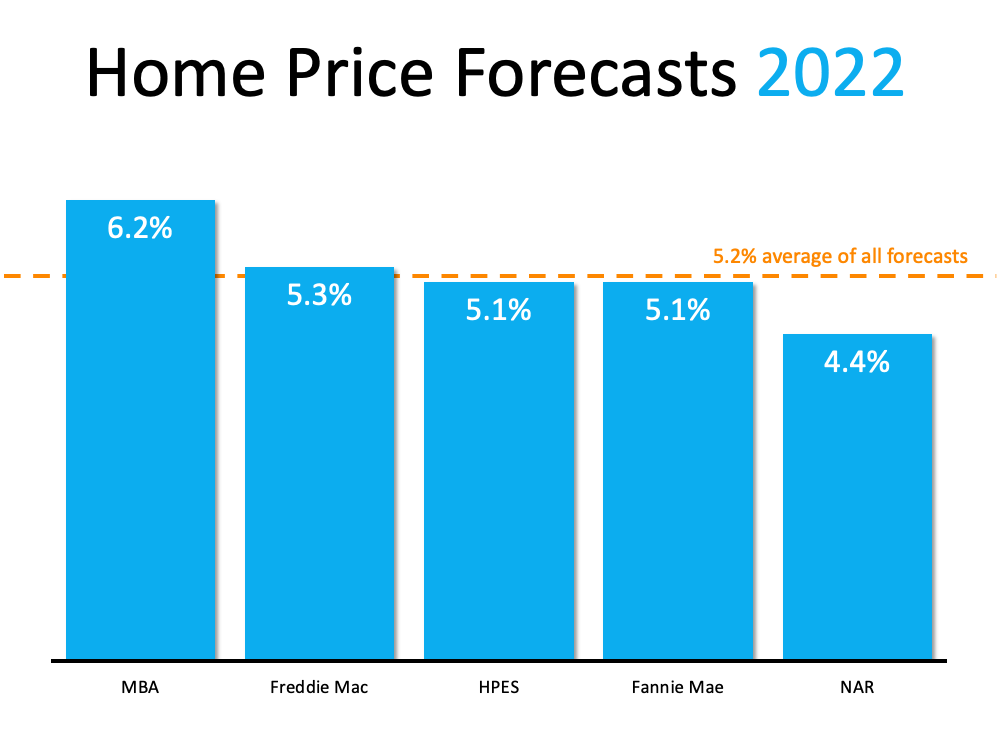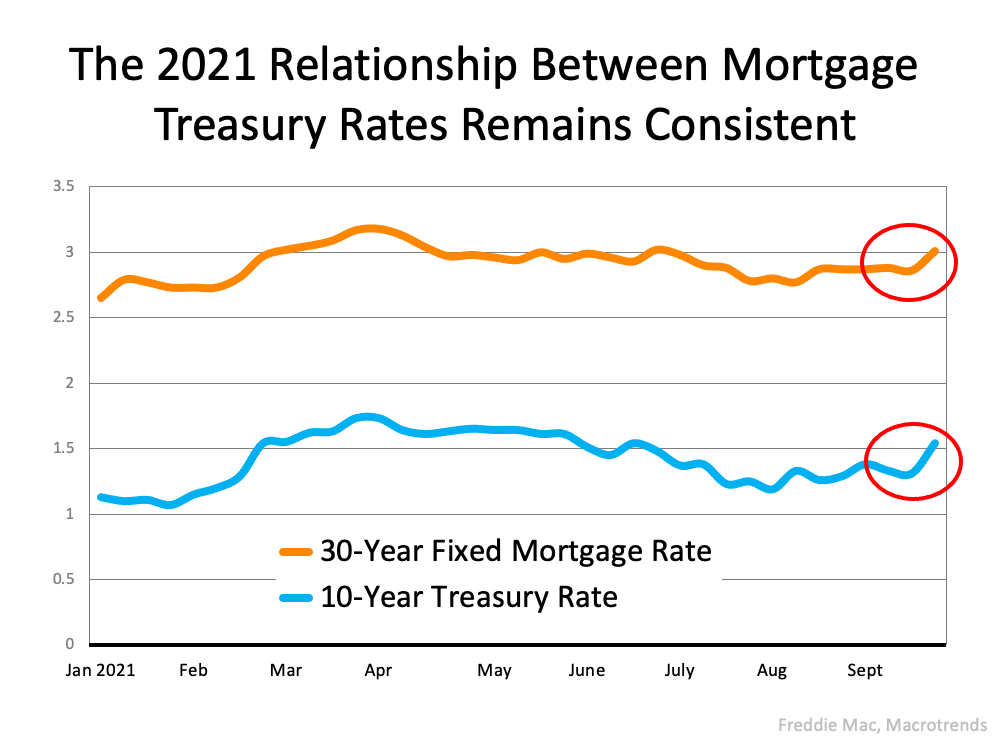VA Loans: Helping Veterans Achieve Their Homeownership Dreams
VA Loans: Helping Veterans Achieve Their Homeownership Dreams

The purpose of Veterans Affairs (VA) home loans is to provide a pathway to homeownership for those who have sacrificed so much by serving our nation. As the Veterans Administration says of the program:
“The objective of the VA Home Loan Guaranty program is to help eligible Veterans, active-duty personnel, surviving spouses, and members of the Reserves and National Guard purchase, retain, and adapt homes in recognition of their service. . . .”
For over 75 years, VA home loans have provided millions of veterans and their families the opportunity to purchase their own homes.
2020 Data on VA Home Loans
- 1,246,817 home loans are guaranteed by the Veterans Administration
- The average VA loan amount totals $301,044
- 178,171 of those using a VA Loan are first-time homebuyers
Top Benefits of the VA Home Loan Program
As we reflect on their sacrifice and honor our nation’s veterans, it’s important to ensure all veterans know the full extent of benefits VA home loans offer. As Jeff London, Director of the VA Home Loan Program, says:
“VA loans offer an extraordinary opportunity for veterans because of lower interest rates, lower monthly payments, no or low-down payments, and no private mortgage insurance.”
Those who qualify for a VA home loan are eligible for the following:
- Borrowers can often purchase a home with no down payment. In 2020, 350,094 individuals using a VA Loan were able to purchase their homes without putting money down.
- Many other loans with down payments under 20% require Private Mortgage Insurance (PMI). VA Loans do not require PMI, which means veterans can save on their monthly housing costs.
- Finally, VA-Backed Loans often offer the most competitive terms and interest rates.
Bottom Line
One way we can honor and thank our veterans this year is to ensure they have the best information about the benefits of VA home loans. Homeownership is the American Dream. Our veterans sacrifice so much in service to our nation and deserve to achieve their homeownership goals. Thank you for your service.


